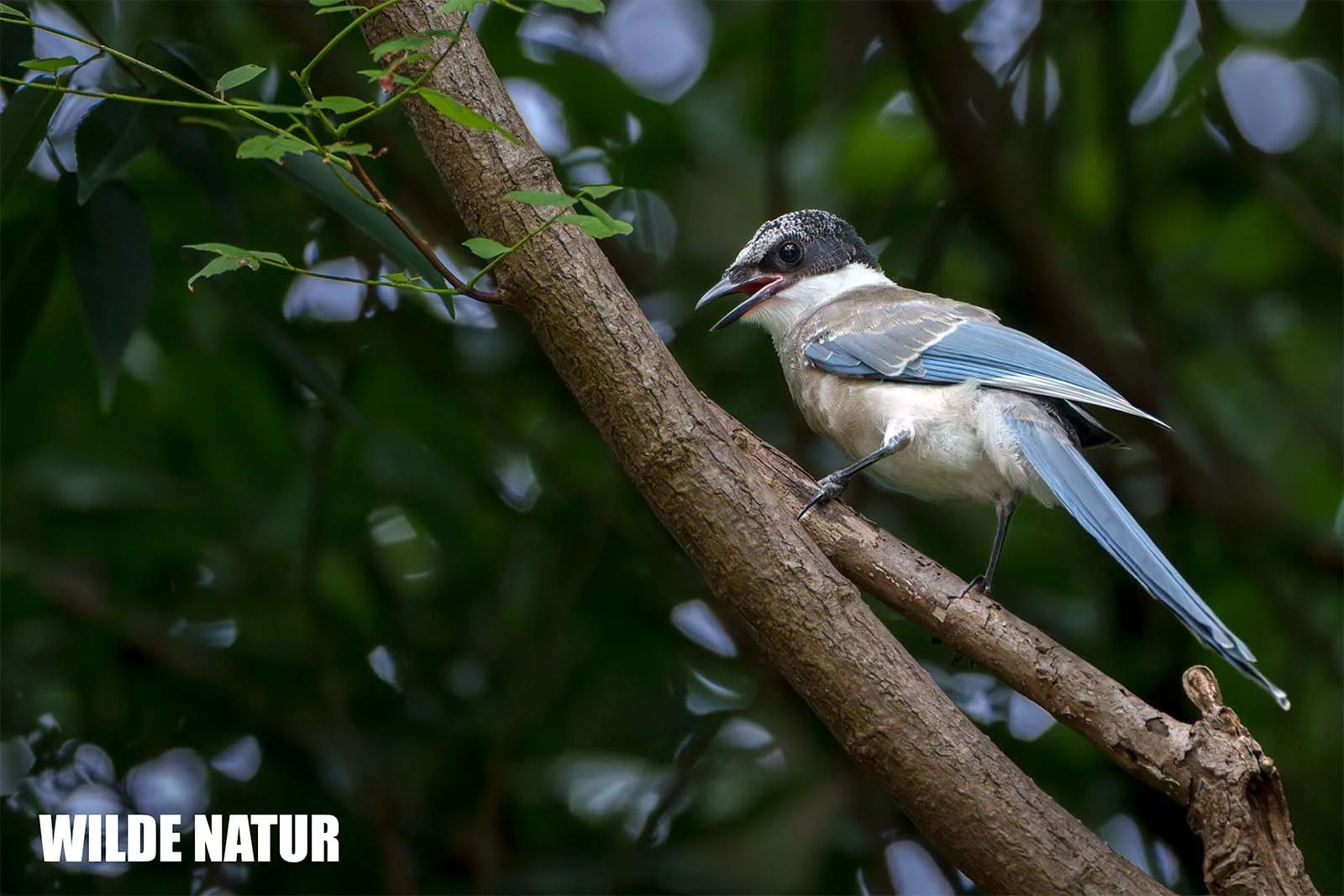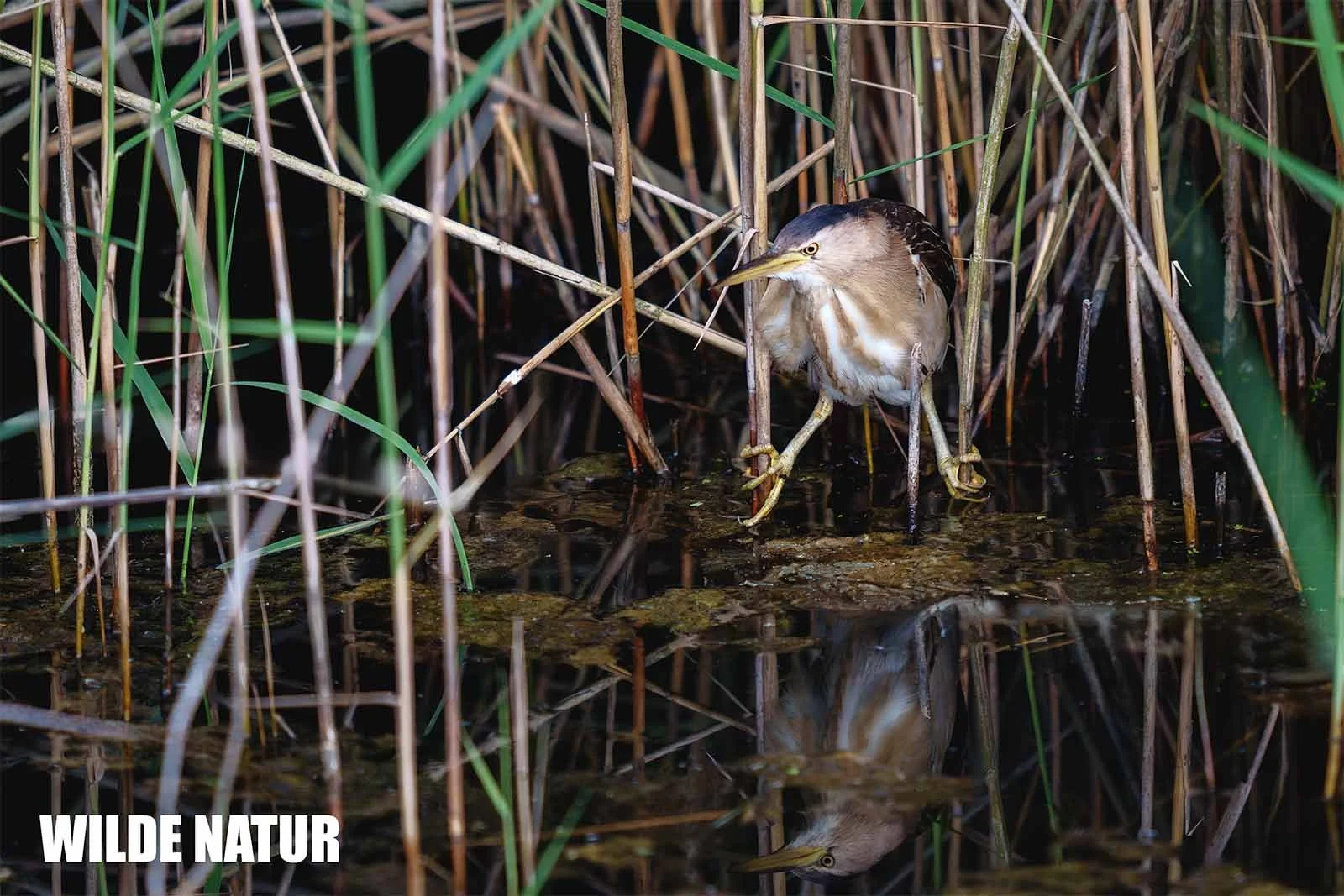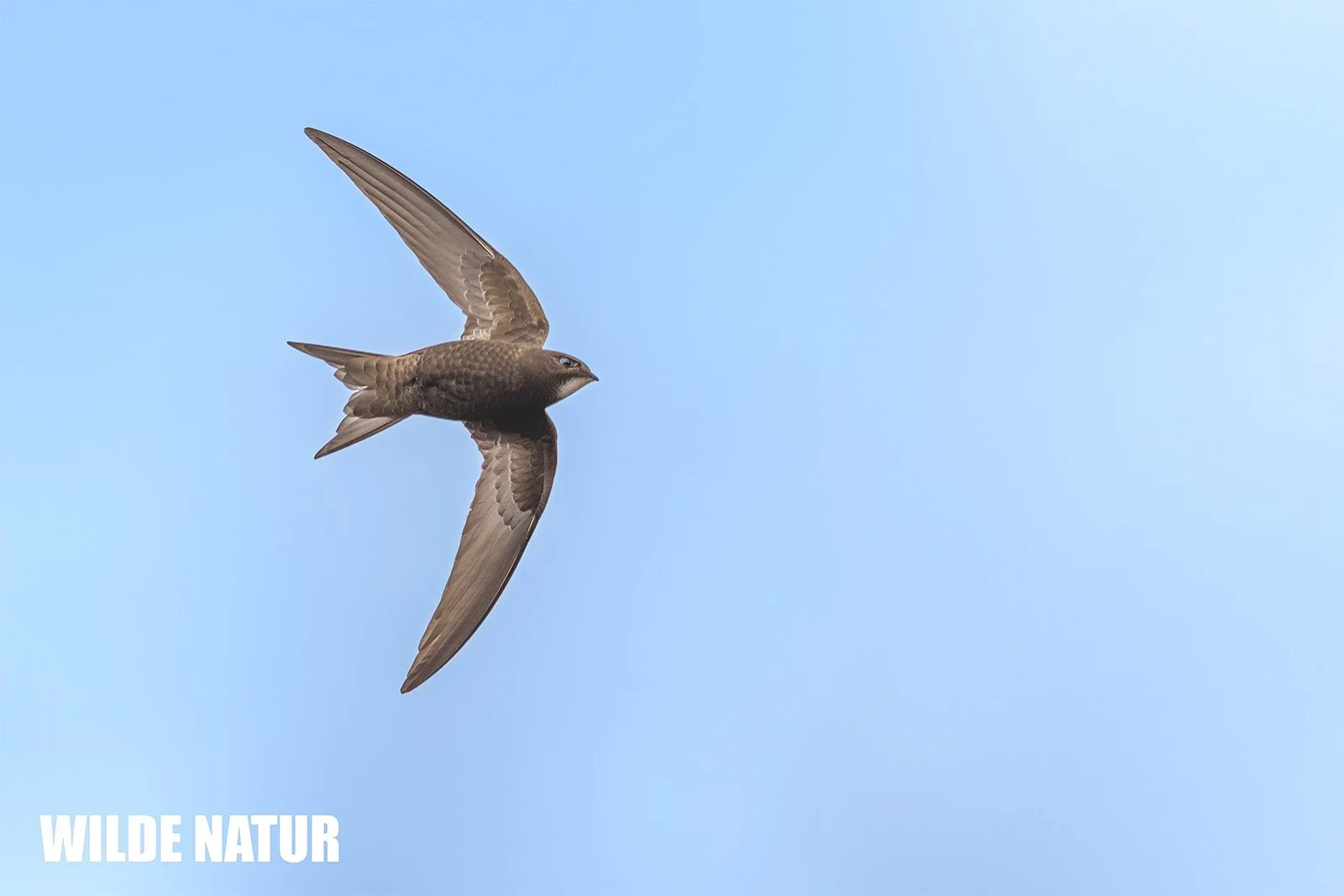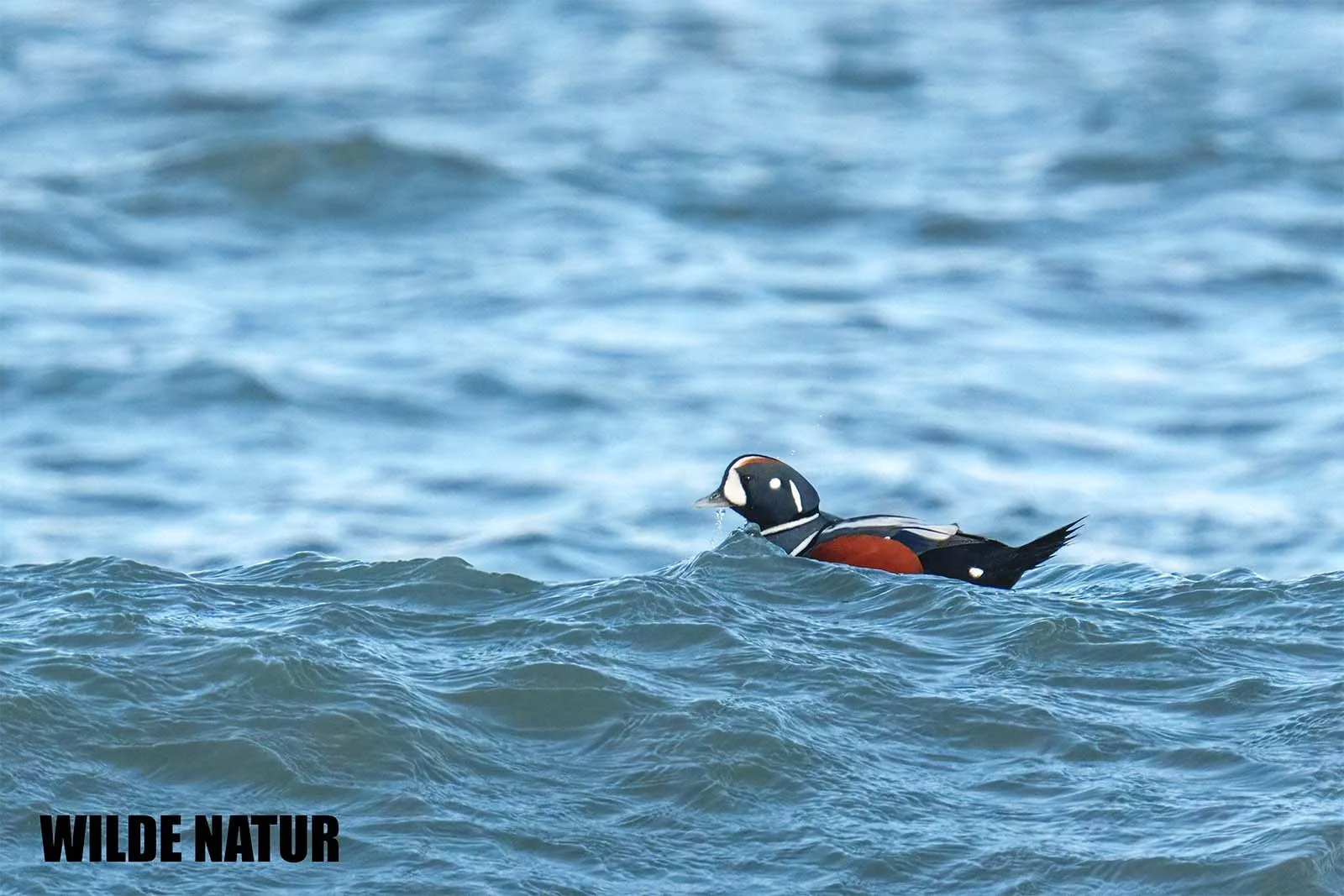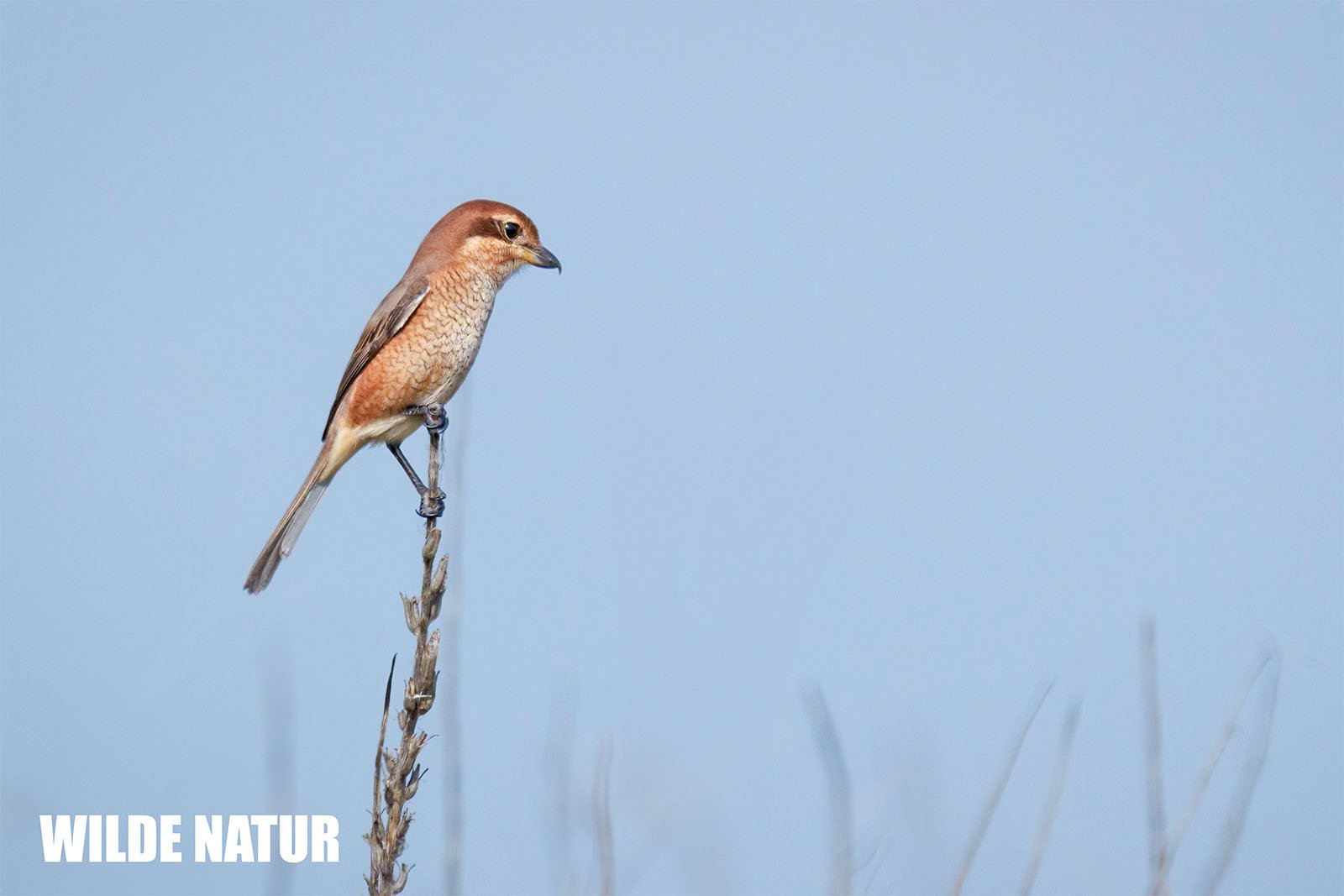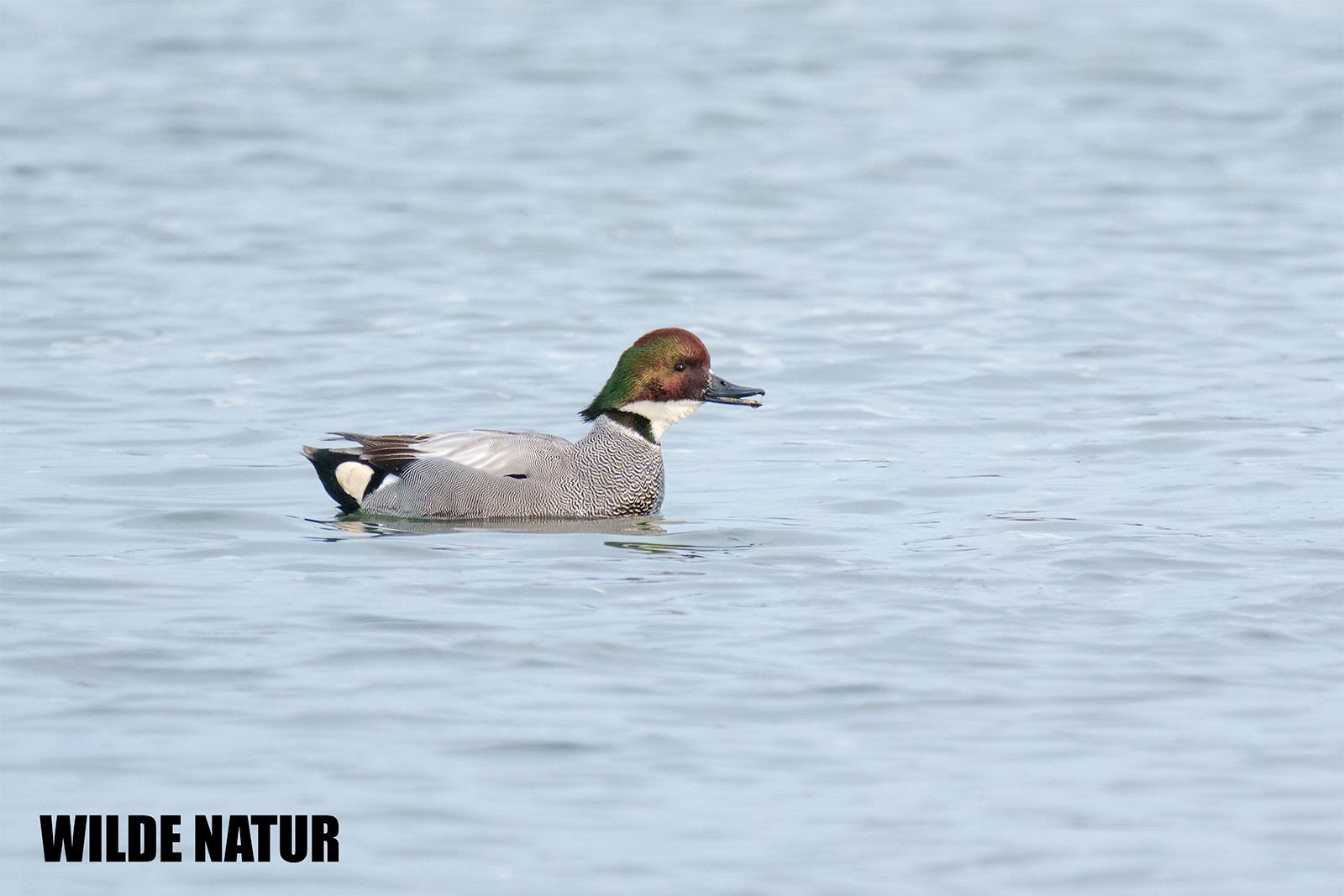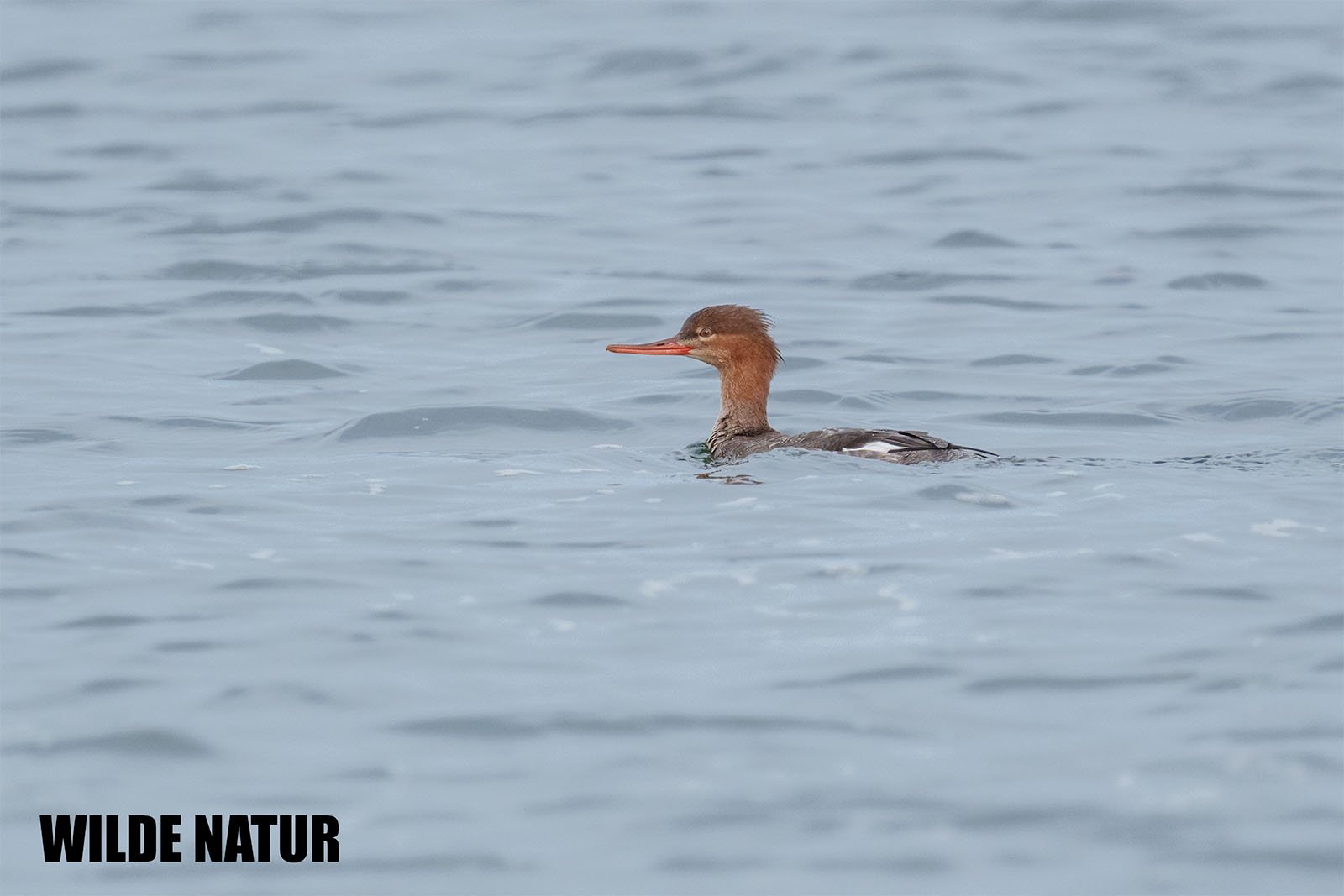Osprey (Pandion haliaetus)
Osprey (Pandion haliaetus) - Picture taken in the Upper Palatinate, Bavaria
Key Facts
Size: 50 - 66 cm
Weight: 1.2 - 2 kg
Diet: Fish
Season: Migratory bird / Resident bird
Observation Tip: Flowing and standing water bodies with nearby nesting opportunities such as trees, cliffs, and artificial structures
Photography Tips
Lens: From 600 mm
Difficulty Level: Hard
Introduction
The Osprey, scientifically known as Pandion haliaetus, is a bird of prey and belongs to its own monotypic family Pandionidae due to unique characteristics. The Osprey is nearly globally distributed and can also be found in Central Europe. It should be noted that the Osprey is not a true eagle.
Physical Description
Ospreys are slender, medium-sized raptors with long wings. They are almost globally distributed and also occur in Central Europe. Females are generally larger and heavier than males. The species has a body length of 50 to 66 cm and a wingspan that varies between 1.27 and 1.74 meters. The back and wing upperparts of adult birds are dark brown, while the tail's upper side is light-dark patterned with a broad dark terminal band. The throat, legs, underside of the body, and most of the underwing coverts are white. The chest of females shows a broader and darker brownish band compared to males. The undersides of the wings and tail have dense dark bands on a whitish background. The head is white with a sharply defined dark brown eye stripe. The beak is black, the cere and base of the beak are lead-gray. The iris is yellow, and the talons are black.
Distribution and Habitat
It has an almost worldwide distribution, breeding in boreal to subtropical zones of the Holarctic, parts of the Caribbean, the tropics of Southeast Asia, and Australia. In Europe, the distribution was heavily restricted by human persecution until the mid-1950s and was mainly limited to the north and east. Today, the Osprey breeds in Western Europe only in Scotland and, more recently, in central France and Wales. In Central Europe, the species is only found in Germany and Poland, with the distribution in Germany mainly confined to the new federal states. Large populations have been maintained in Scandinavia.
Habitat Requirements
The Osprey's ability to live in various habitats is the primary reason for its wide distribution. This species mainly requires slow-flowing or still waters with a rich fish stock. There must also be a nesting opportunity in the form of trees, cliffs, artificial structures, or uninhabited and predator-free islands.
Hunting and Diet
Ospreys hunt exclusively at and over water bodies. When hunting, they search for fish either from a perch on the shore or from a height of 10 to 30 meters, circling. When a fish is sighted, the Osprey dives feet first into the water, with the dive occurring vertically or at any angle depending on the situation. After the plunge, the Osprey usually lands briefly in the water, then takes off again after a few seconds, shakes the water off its feathers, and carries the fish to the nest or a feeding site. The Osprey's diet consists almost exclusively of fish weighing about 100 to 300 grams, which are mostly caught alive. Rare prey items include other aquatic animals such as small mammals, birds, turtles, frogs, crocodiles, and crabs.
Migration Patterns
The migration patterns of Ospreys vary depending on their location. Breeding birds in the Holarctic are almost always long-distance migrants, with North American birds wintering in South America and Eurasian birds in the Mediterranean region, South Africa, and Southeast Asia. In Florida, the Caribbean, the Mediterranean region, the Arabian Peninsula, Southeast Asia, and Australia, breeding birds remain mostly sedentary or disperse only short distances.
Migration Characteristics
Unlike thermal soarers, Ospreys are not dependent on rising warm air masses during their migrations. They cross seas and deserts as broad-front migrants, meaning there are no typical migration concentrations at bottlenecks like the Bosporus or Gibraltar.
Migration in Central Europe
In Central Europe, Ospreys begin their migration from breeding areas in August. The last migrants are observed around mid-November, while the birds return to breeding sites from late March to mid-April.
Conservation Status
Ospreys were almost eradicated in much of Europe and North America by the mid-1950s, primarily due to human persecution. Between the 1950s and 1970s, they suffered further population declines due to polychlorinated biphenyls (PCBs) and the insecticide dichlorodiphenyltrichloroethane (DDT), which accumulate through aquatic food chains and impair or even prevent the reproduction of Ospreys. Since the ban on DDT in the early 1970s, populations in Europe and North America have significantly recovered and continue to increase in many areas. Ospreys are expanding their range and have recolonized areas such as Scotland (since 1954), central France (since 1985), Thuringia and Rhineland-Palatinate (both since 2003), and Lower Saxony (since 2004). In Bavaria, the first new breeding record after the extinction of the last breeding populations in the 1950s was made in 1992 on the Grafenwöhr Training Area. In 2005, two breeding pairs were recorded there, and in 2007, four territory pairs were found in the Upper Palatinate.
Current Population Trends
Since about 1975, the Ospreys population in Germany has increased to 627 pairs in 2013, although it remains largely confined to the northeast of the country. Despite this increase, the species is listed as endangered in the Red List of Breeding Birds of Germany 2015 in category 3. The European population was estimated at 7,800 to 10,300 breeding pairs around the year 2000, with Sweden having the largest European populations at the time with 3,300 to 3,600 pairs, followed by Russia with 2,000 to 4,000 pairs and Finland with about 1,200 pairs. In total, there are 627 breeding pairs in Germany, 170 of which breed in Mecklenburg-Western Pomerania. Globally, however, the species is considered to be of the least concern.


